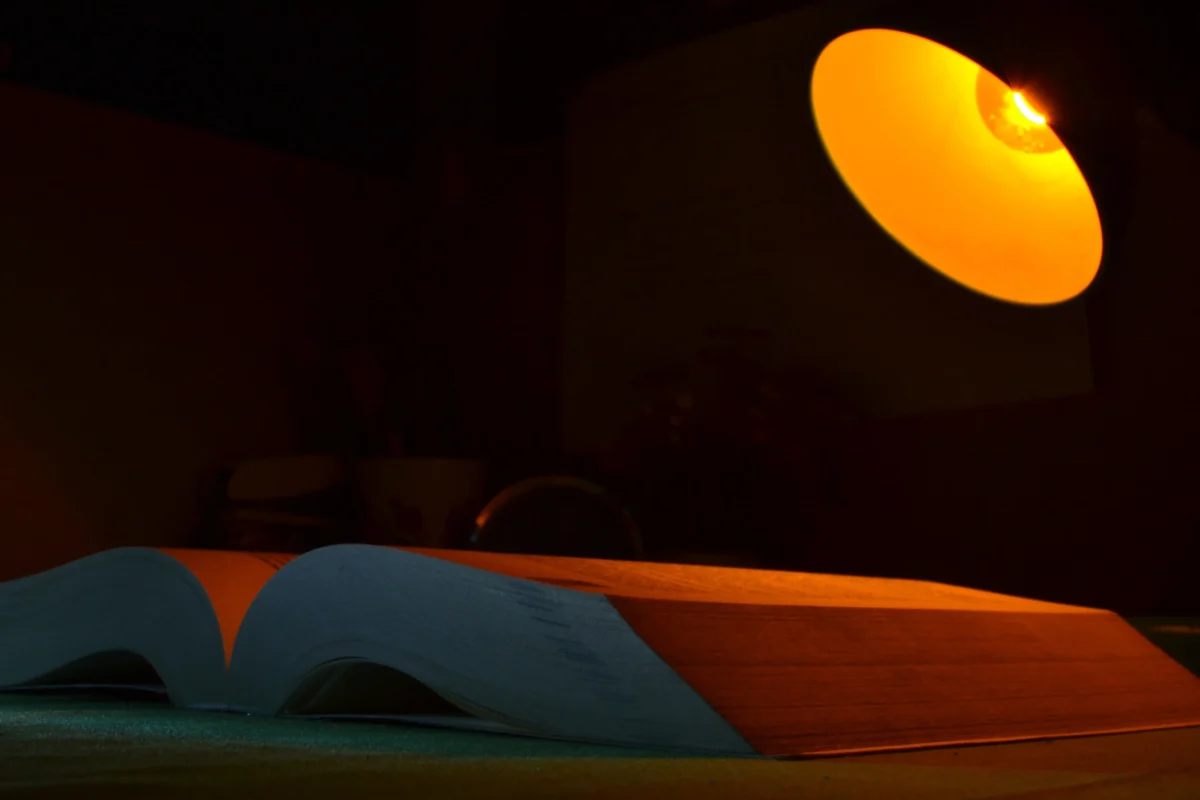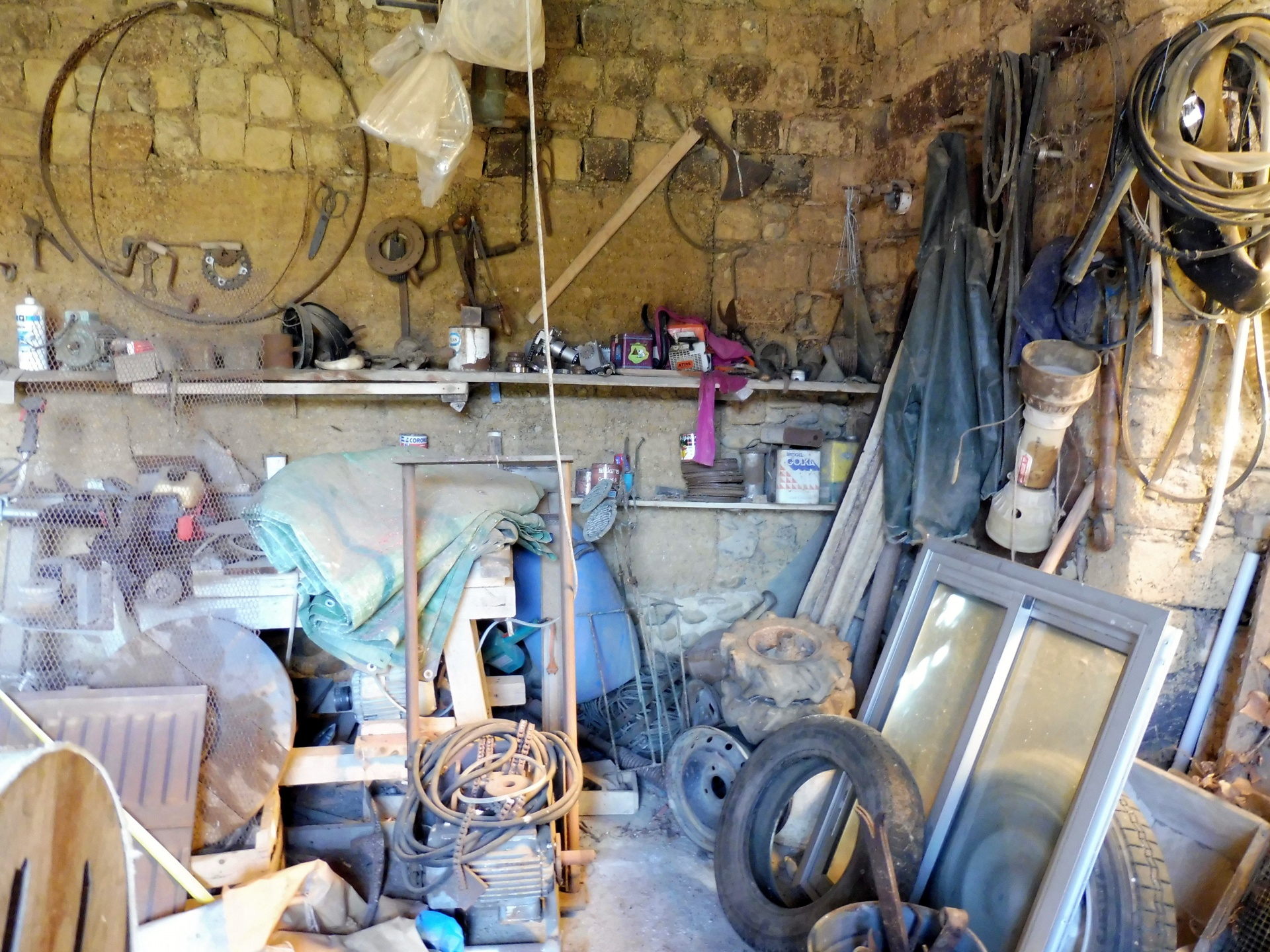Looking to bring a touch of nature inside your home? Indoor trees are the perfect way to add some greenery and fresh air to your living space. They not only enhance your decor but also improve air quality and create a calming atmosphere.
Benefits of Indoor Trees
Indoor trees offer numerous advantages to enhance your home’s ambiance. They provide aesthetic appeal while contributing to your well-being.
Air Quality Improvement
Indoor trees improve air quality by filtering pollutants. They absorb carbon dioxide and release oxygen, creating a healthier environment. Certain trees, like Ficus and Rubber Plant, significantly reduce indoor toxins. Their natural air-purifying properties make living spaces cleaner and fresher.

Psychological Benefits
Indoor trees positively impact mental health. Their presence reduces stress and promotes relaxation. Studies show greenery improves mood and cognitive function. By placing trees like Bamboo Palm or Weeping Fig, you create a serene and inviting atmosphere.
Popular Types of Indoor Trees
Indoor trees bring life to your home. Some popular choices blend design and functionality seamlessly.
Ficus Trees
Ficus trees are versatile and fit well in many interiors. Varieties include Fiddle Leaf Fig and Weeping Fig. They thrive in bright, indirect light. Regular watering, every 1-2 weeks, keeps them healthy. Prune them to maintain shape and size.
Palm Trees
Palm trees add a tropical feel. Options like Areca Palm and Bamboo Palm are common. These trees prefer moderate, indirect light. Water them when the top soil feels dry. They help purify air while creating a serene environment.
Care and Maintenance
Optimal Lighting Conditions
Place indoor trees near windows for natural light. Ficus trees prefer bright, indirect light. Palm trees thrive in moderate, indirect light. Avoid direct sunlight to prevent leaf burn. Rotate trees occasionally to ensure even light exposure.
Watering and Feeding Tips
Water indoor trees when the top inch of soil feels dry. Use room-temperature water. Ficus trees need consistent moisture, while Palm trees prefer slightly drier soil between waterings. Fertilize monthly during growing seasons. Use a balanced, water-soluble fertilizer for best results.
Top Picks for Small Spaces
Rubber Plant
Rubber Plants (Ficus elastica) thrive in indirect light. They grow up to 8 feet but can be pruned to maintain size. Their large, glossy leaves add a modern touch to interiors. Water when the top inch of soil is dry.
Parlor Palm
Parlor Palms (Chamaedorea elegans) are perfect for shaded areas. They reach about 4 feet tall, fitting small spaces. These palms tolerate low light and need watering every 1-2 weeks. They enhance indoor air quality.
ZZ Plant
ZZ Plants (Zamioculcas zamiifolia) need minimal care. They withstand low light and infrequent watering, making them ideal for busy homeowners. ZZ Plants can grow up to 3 feet tall. Their waxy, dark green leaves are eye-catching.
Dwarf Meyer Lemon Tree
Dwarf Meyer Lemon Trees (Citrus × meyeri) are compact yet fruitful. These trees prefer bright, direct light and average 3-4 feet in height. Water consistently to keep the soil moist. They bear fragrant flowers and edible lemons, adding a practical and appealing element to your home.
Norfolk Island Pine
Norfolk Island Pines (Araucaria heterophylla) offer a touch of greenery year-round. They manage best in bright, indirect light and stay below 6 feet indoors. Water when the top inch of soil dries out. Their soft, needle-like leaves are attractive and festive.
Chinese Money Plant
« Transform Your Tiny Yard: 10 Inspiring Small Garden Decking Ideas You’ll Love
Transform Your Bedroom: The Ultimate Guide to Placing Your Bed in Front of a Window »
Chinese Money Plants (Pilea peperomioides) are known for their unique, round leaves. They need bright, indirect light and grow up to 12 inches tall. Water weekly when the soil feels dry. They fit perfectly on shelves or side tables, adding character to small spaces.
Kentia Palm
Kentia Palms (Howea forsteriana) are elegant and sleek, suitable for low to bright indirect light. They grow slowly, reaching around 5-8 feet indoors. Water them when the top inch of soil dries out. Their feathery fronds add a graceful element to any room.
Styling Your Indoor Trees
Styling indoor trees transforms any space. Use variety and creativity in your approach.
Choosing the Right Pot
Select pots with drainage holes. Ensure pots match your decor style. Terra cotta, ceramic, and woven baskets are popular choices. For larger trees, use sturdy pots to prevent tipping.
Placement Ideas
Place trees near windows for natural light. Corners create focal points. Use trees to partition large rooms. Match tree height to ceiling height. Add trees to entryways for a welcoming look.
Conclusion
Bringing indoor trees into your home is a fantastic way to enhance your living space with natural beauty and numerous health benefits. Whether you’re drawn to the elegance of a Fiddle Leaf Fig or the low-maintenance charm of a ZZ Plant, there’s an indoor tree to suit every style and need. Remember to choose the right pots and consider their placement to make the most of their decorative potential. Happy decorating and enjoy the fresh, vibrant atmosphere your new indoor trees will bring!















